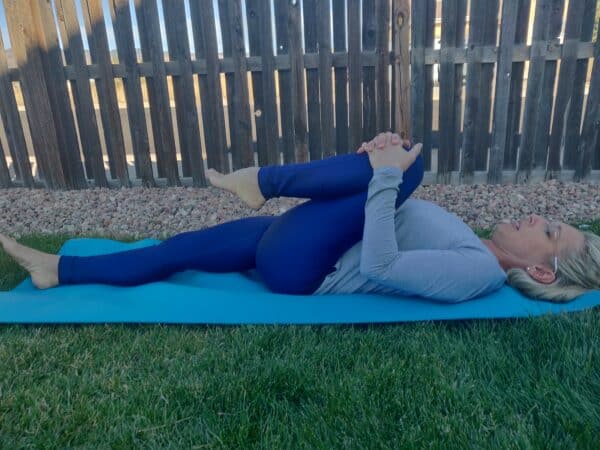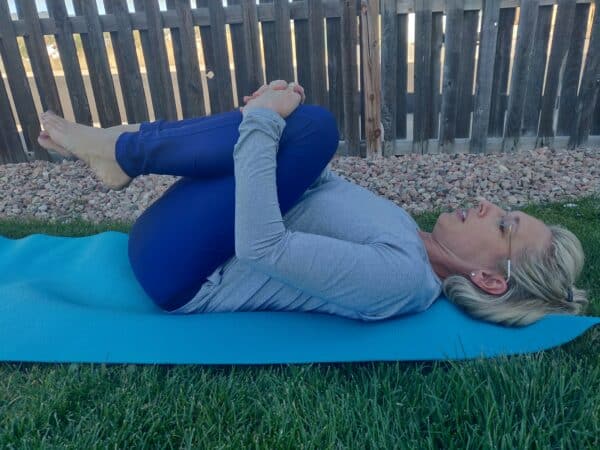Pain in my pelvic area. I’ve had these symptoms. Have you said to yourself, “I have pain in my pelvic area and I don’t know where it’s coming from?” I want to explain a little bit about pelvic pain, where the symptoms come from, and some of the steps to help it.
Approximately 25 million women are impacted by pelvic pain, so you’re not alone. It feels like you’re all alone, that these symptoms are limiting your life, and that no one can understand or relate. You can walk around and it feels like an invisible symptom because it doesn’t look like anything’s wrong with you.
What is Pelvic Pain?
Pain in my pelvic area can be described as anywhere in this pelvic region. It can go up into the lower abdominal area, it can go to the low back and go into the hips. It can be in the front of the pelvis, also called the pubic symphysis. Symptoms may have started after delivery or during pregnancy. Pelvic pain could be a result of tearing with a vaginal delivery. Included in pelvic pain is pain with sex. You could have pain with sitting, pain with peeing, and can even have pain in the coccyx region because you fell or as a result of a traumatic delivery. Women can also have pain in the low back or around the Sacroiliac joint (SI joint). If you are dealing with pain during pregnancy be sure to check out this article.
What is CPP?
There can be a lot of muscle tension in the pelvic floor muscles. Just like there can be muscle knots in your neck, or your low back, there can be muscle tension and pain on the muscles in the pelvic area.
Pain in my pelvic area can also lead to Chronic Pelvic Pain (CPP) is when pelvic pain has been present for more than six months. Often this pain is the result of tension somewhere in the pelvic area. Another indicator that there is tension in the pelvic area is that you may have tried Kegels and these exercises may have aggravated your symptoms. Kegels don’t fix every problem. We need to work more on relaxing, stretching, and achieving balance and symmetry throughout the pelvic area.
This is where pelvic floor physical therapists can help you. Please do not continue suffering alone and suffering silently. I’ve had so many women that said, “I’ve had these symptoms for years.” Please seek help. All the pelvic floor physical therapists that I know are passionate about helping women, and they want to ease your fear.
Exercises to Help
Here are some general stretches to do to stretch the pelvic area. Stretching is a good place to start as muscle tension can contribute to pelvic pain. These do not replace medical advice or treatment.

1. Double Knee to Chest: Pull both knees into your chest. Hold for about 15 seconds. Relax. Repeat 3 times, 2 times per day.

2. Squat down and hug your knees. Breathe and feel a gentle stretch, as you hold it for 15 seconds. Stand up, Repeat 3 times.
If these cause pain, don’t do them.
Being more aware of what’s going on in your pelvic area is the first step. Seek medical advise and treatment from your physician and your pelvic floor physical therapist. They’re here to help you.
Pelvic pain can be a very complex problem and chronic pelvic pain affects many women, not just you. I want you to take one simple step and start addressing this pelvic pain so you can get freedom in your life.
Here is a great link to a video talking more about pelvic pain and ways to fix it!
